There is something truly exciting when you hear the name James Wan attached to a horror film. And when it’s an original concept and not a sequel, it’s all the more thrilling. His latest, Malignant, could be something very special. It’s a film that appears to have Wan’s usual visual style with the promise of plenty of jolts and scares. The film stars Annabelle Wallis, Maddie Hasson, George Young, Michole Briana White, Ingrid Bisu, and Jake Abel. And if you think you know what’s going on from the trailer, you are very likely going to be wrong.
Recently, along with a small group of fellow film journalists, we sat down for a quick conversation with Mr. Wan about what to expect from the upcoming horror feature. James opened up about the challenges of promoting a film like this that is fueled by mystery. He also spoke about his influences, working with Spectral Motion, and finding the right story to tell, one that is unique, one that is unlike anything he’s done before. Like you, I’m looking forward to Malignant’s arrival on September 10th in theatres and on HBO Max! Until then, let us whet your appetite with this brand new clip!
In regards to the editing process:
James Wan: The inception of it was Ingrid Bisu, my wife came to me with this really crazy medical condition, this anomaly. And I remember just going through it. She did a lot of medical research on it and I was really taken by it. I was really fascinated by it and from that I kind of looked at what… Naturally, as my horror movie mind, I immediately was attracted to the possibility of a story or a film that could be pulled from this particular affliction. And it just started from there. It just started from there, and we went through the different ideas and what kind of story it could become, what kind of movie it could become.
And then at some point, it just started becoming more real. It became a full-on story. And then at that moment, I had to decide what kind of movie I wanted to make it. And I’ve had the aspiration to when I go back to the early films that I started my career with, Saw, Dead Silence, Death Sentence. Days where I was allowed to make these films that were a lot more gritty and more visceral. And I just felt naturally this particular concept and the story really lends itself to that, and we went along with it.
And in terms of editing, the trickiest part was we shot a lot of stuff that was written in there, but in editing, you start to question yourself, like “Am I giving too much of the concept away? Am I laying the bread crumbs a little bit too thick here that would destroy the reveal at the end?” if you will. And so it was a fine line, and the editing process was all done during the pandemic. We had to do it remotely. It was really difficult, then we got into the groove of things, but ultimately what it allowed me was, it allowed me some distance away from the film and then to come back into it and look at it, and then reassess the film and tweak some things.
On working with Spectral Motion and creating the effects, and finding the balance between animatronics and CGI:
Like most practical effects, you need to hide the puppeteer, right? Like literally you need to hide the cables and stuff like that. But the great thing with having modern visual effects at our disposal compared to what they had in the eighties is, I could paint people out.
I can have people really close by, I can have cables sticking out and stuff like that, that doesn’t have to be in the final film. And so it made the process much better in that respect and I was fortunate enough to have ILM on the film as well, which could help me take the prosthetic effects to even the next level. So just things like that. It was pretty cool. It was pretty cool to kind of bring with me just all the experiences that I’ve gained from making my bigger movies to this film that is really, honestly made with the spirit of a more down and dirty approach.
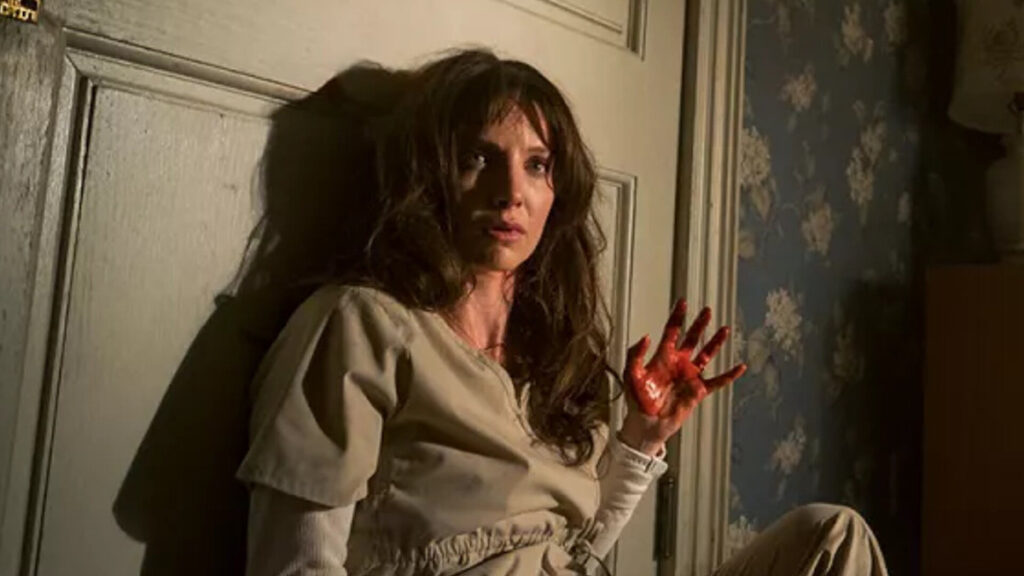
On his influences, and what inspired him cinematically:
I described the movie as, not just as a genre-bender, but a genre blender, right. It really is a blender of a whole bunch of stuff that has influenced me over my years, growing up, loving these kinds of movies from science fiction to science fiction horror to like a psychological thriller to monster movies. Right? And the blender happens to be my head, that they’ll go in there and this is what comes out of it.
But listen, there’s no denying the fact that I have always been a big fan of Italian horror films. And yes, this movie has sort of like the aesthetic of a Giallo movie, of the likes of the Bavas and Argentos of the world, but just naturally, because it deals with this medical condition, you’re naturally going to compare it to things that Cronenberg had done as well. Right. And so the body horror definitely is such a big part of this film. And I can’t pinpoint it to, let’s say, one inspiration. I would say it’s a combination of things.
On the inspiration for the soundtrack and the sound design:
For me, the soundtrack or just the soundscape in general, like whether it’s the sound design or the music or whatever else goes into the well, the effects, and so on, it’s always been very prevalent for me in my horror films to focus on the soundtrack and the sound design or just all my movies, just in general. I’ve always said that we’ve seen time and time again, that a lot of horror movies, the scary horror movies, are the stuff where you don’t see on screen, it’s just kind of what you hear and what you hear conjures up these images in your head that aren’t actually physically there and you’re not quite looking at it. And so that’s a philosophy that I obviously have taken from my supernatural horror films, and now I apply it to everything as well.
On the current state of horror, and the many impressive film’s we’ve seen as of late, and how that came into play for Malignant:
It is a big part of why I wanted to go back and do Malignant and make this film the way it is. I feel like, over the last 10 years between the Insidious films and The Conjuring films, I’ve become known as the supernatural ghost guy who comes up with these jump scares. And I really… I’m not a fan of repeating myself or at least not repeating this often. And I just felt like it was time for me to do something a bit different again and, and it really kind of harkened back to my harder-hitting horror films, right? That I broke out with. And really, the hardcore horror fans out there know that “Hey, I haven’t forgotten about that.”
I don’t want it to be just to be stuck just doing the one thing that I’ve become known for right now. I don’t like to repeat myself. And that was a lot of the driving force behind making Malignant the way it is, and also not wanting to make a sequel, do a remake, whatever. I just want to come up with an original story that allows me the freedom to experiment with different kinds of filmmaking, to play with prosthetics, to play with practical effects, and also to play with visual effects to a certain level, and make movies with people that I want to collaborate with… Indie films, but do it now with the knowledge that I’ve learned 10 movies later, and really at the end of the day, I just want to keep reinventing myself.
I don’t want to get stale doing… I’m very thankful for what I’ve achieved in the genre, especially, but I still think I have a lot more to give and I want to keep finding other stuff to do it with. There’s a reason I didn’t come back to do Conjuring 3, because I was too busy making Malignant and that was my primary goal, to go off and come up with something different. Something new. And to continue exploring stuff that interests me.
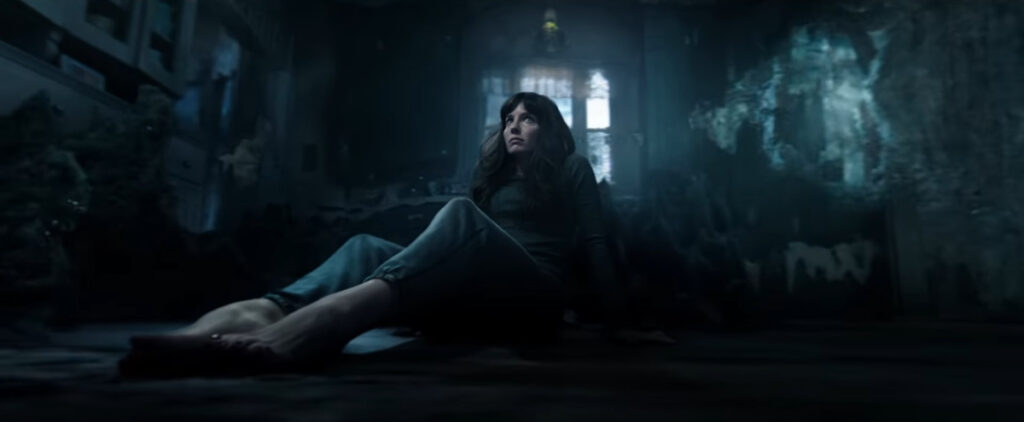
About building Malignant from all of his previous work including Aquaman and Furious 7:
I think it’s really, more than anything, I’m playing with a lot of themes that have always fascinated me that have gone back as far as the start of my career. And I think I’m not so much necessarily doing a tribute to myself. I just think that would be very weird, but I do think that there are just certain themes that I keep coming back to, like in the same way, if you watch a Guillermo del Toro movie, he has these themes that he kept going back to, right? That he loves and that he has a certain aesthetic that he goes with but he applies them to different kinds of stories. And I would say it’s in that same spirit that I want to do different things, but touch on certain stuff that I’ve left in the past and that I feel like I’m not quite done with them yet. I still feel like I have more things to say about them and it’s really that, but the key is, hopefully, I’m not making Saw again, I’m not doing Dead Silence. I’m telling a completely brand new story.






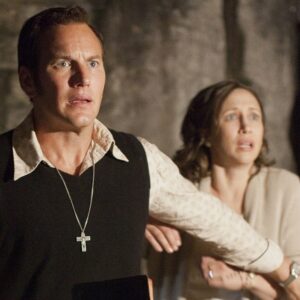




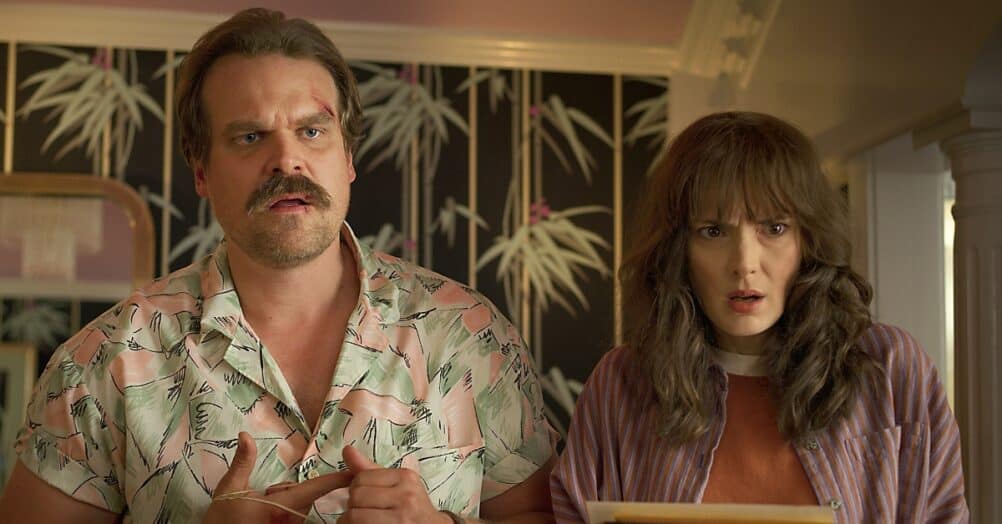

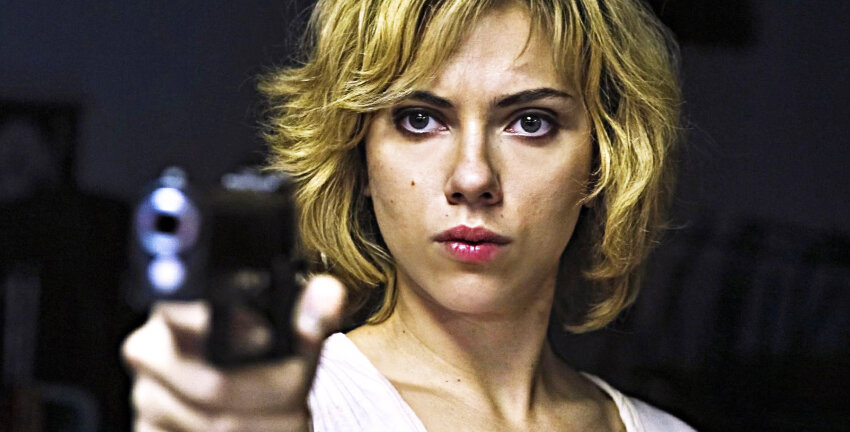




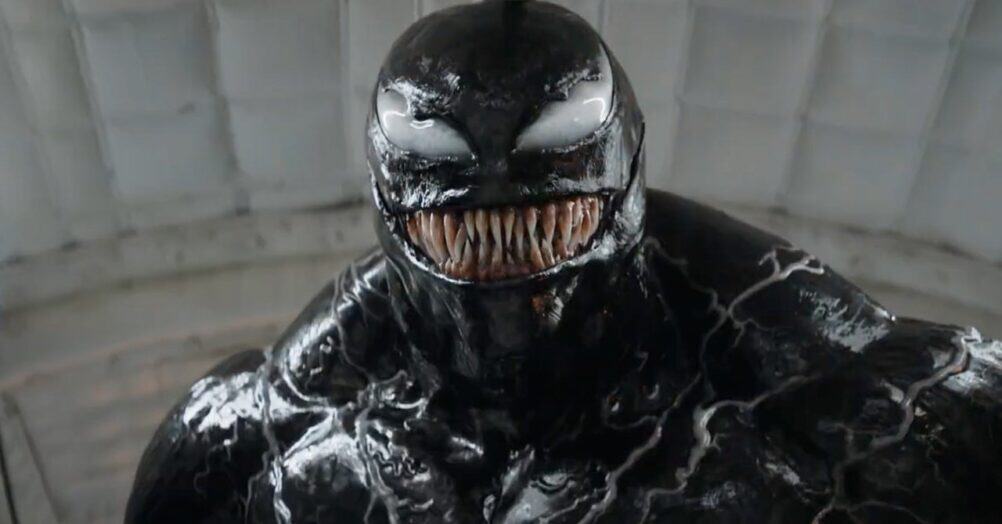

Follow the JOBLO MOVIE NETWORK
Follow us on YOUTUBE
Follow ARROW IN THE HEAD
Follow AITH on YOUTUBE